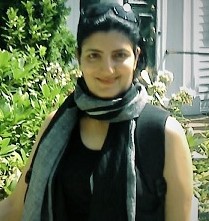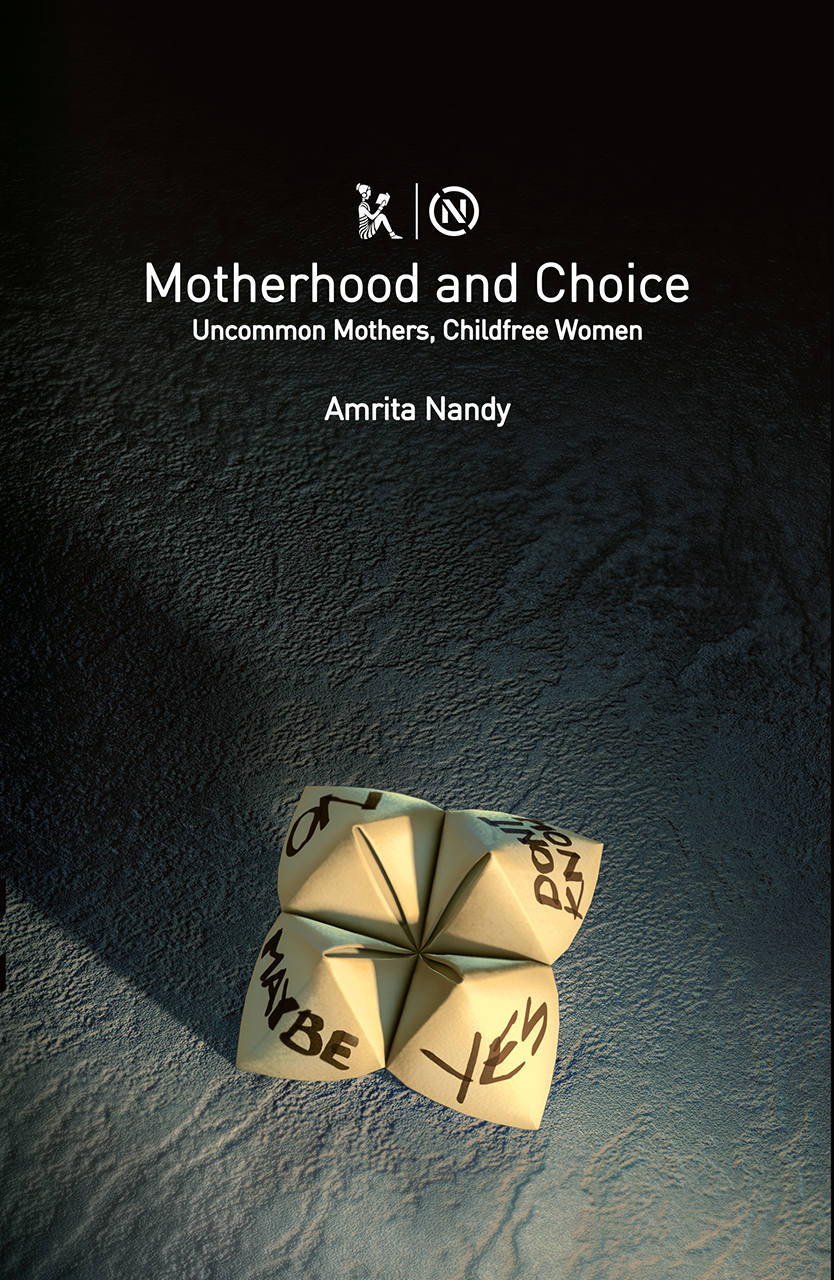I recently had the pleasure of interviewing New Delhi research scholar and activist, Amrita Nandy, about her new book, Motherhood and Choice: Uncommon Mothers, Childfree Women. Check it out:
Your new book, Motherhood and Choice, is based on your Ph.D. dissertation. What inspired you to turn it into a book and for whom is it written?
The people I met during the course of the research (on non-normative motherhood and voluntary non-motherhood) are the inspiration. During the years of my research, I had so many women – and some men – tell me how they identify with the issues I raise yet find it difficult to talk about them because of the sanctity or moral aura they can have. I also met others who had not defied the usual beliefs and practices about women’s roles, but wanted to know about others who had. I decided to book-ify the Ph.D. dissertation so that it speaks to and about this tribe of outliers of motherhood. And unlike a Ph.D. dissertation that circulates within academic spaces, a book can reach a larger pool of readers, especially the non-academic ones. I have tried to keep its language as less jargon-y as possible.
It’s written for a wide group: parents, non-parents and maybe-parents, biological and no-biological parents, the straight and queer, mothers in paid and unpaid employment, the single and married.
Give us a feel for the structure of your book, and what readers will learn.
The book speaks from a diversity of sites that are all linked by a common theme of norms.

Amrita Nandy, Ph.D.
After introducing its cast and the questions that the research raises, it moves to the backdrop of discourse around motherhood–myths, history, literature, policies, ART (assisted reproductive technology) clinics, child adoption centres and so on.
A chapter each is dedicated to a norm and women who defy or negotiate with it—for example, the norm of motherhood and voluntary non-mothers, the norm of biological motherhood and those who choose to adopt and their mirror images—surrogate mothers and egg donors, the norm of the ‘good’ caregiver mother and those mothers who delegate childcare to others, among others.
The book ends with a discussion on theoretical implications of women’s resistance to ideas and practices around motherhood—childcare, embodied love and kinship, performativity as well as agency and subjectivity.
I think there is much to learn from them, besides thoughtfulness and courage. Their understanding of love – beyond the body, genes and blood ties – is inspiring. Their experiments with caregiving carry insights. They give a new meaning to notions of ‘belonging’ and ‘family’. Mostly, they all give us a deeper understanding of the choicelessness of women’s choices.
Motherhood and Choice includes interviews with a mix of voluntary and unconventional mothers. What are examples of the unconventional mothers you interviewed?
These are women who make a range of unconventional choices such as voluntarily adoption and unwed motherhood. There are also single adoptive mothers, and friends raising a child together.
In the book you discuss a term you have coined “maternormativity” – what does it mean, and how does it relation to pronatalism?
‘Mater-normativity’ is my term to describe the many expressions of the norm of motherhood, and unpack the dominant notion and image of the Mother. It points to the socio-cultural narratives and heterosexual cultures that produce it. To cite from the book, “mater-normativity is the idea that females are ‘naturally’ maternal, and thereby motherhood and other forms of care should be their main pursuits. It upholds the gendered landscape of motherhood as an ideal and influences female selfhood, subjectivity and consciousness towards it.”
From your research, what have you learned about the childfree woman experience in India today?
One, it is not very different from childfree women’s experiences in the West. India is as pronatalist as other countries or societies. The childfree are often highly educated women. They are a minority and may face negative judgement for their decision, although the degree varies upon the immediate social context. The reasons are different and complex but related. Yet, most of them have been able to break out of their gendered socializations that projected motherhood as their primary role and identity. These women see themselves and their lives in a range of different and interesting ways, and mostly lead very interesting and fulfilling lives.
*****************
Thank you, Amrita! She is doing important work.


